Rare Rides: A Prototype Rover P6 From 1966

The P6 was an important leap forward in style and modernity for the small and independent Rover Motors. And today’s Rare Ride subject is particularly important because of its prototype status. It’s an early example of the most powerful P6 which became Rover’s flagship.
Rover’s lineup in the early Sixties was very limited, and fairly dated. The company had two cars on offer: A version of the small P4 which had been in production since 1949, and the larger P5 introduced in 1958. The P6 was intended as an all-new car to replace the P4 and run concurrently (as a lower-priced executive saloon) with the more conservative P5. Rover identified an emerging market for the P6-class car: Younger people with money who wanted something nicer than a basic four-cylinder car like a Ford Consul, but less expensive than a larger displacement six- or eight-cylinder car like a P5 or Jaguar Mark II.
Focused on technology and modernity, Rover’s engineers gave the P6 a fully independent suspension with a de Dion tube at the rear and four-wheel disc brakes. It was also a unibody, much like the advanced Citroën DS from which Rover drew much inspiration. Front corner lights had protruding domes to let the driver know if their Lucas headlamps were working, as well as identify the extremes of the car’s body.
The front suspension system was innovative in its bell crank design, which allowed as much room in the engine bay as possible. Initially the extra space was to be filled with a gas turbine engine Rover was developing. But that idea was dropped for various practicality reasons.
The P6 entered production in 1963, and was branded according to its engine displacement. The first model available was the 2000, with an inline-four engine paired to a four-speed manual. Later, the range was joined by the 2200. It featured a 2.2-liter, and optional three-speed automatic. But Rover wanted more, and had been planning.
And the plan was a powerful V8 version, as Rover engineers began to rework the 3.5-liter Buick 215 that General Motors recently cancelled. The large engine bay came in handy, as Buick V8s started to arrive at Rover in 1965.
On April Fool’s Day 1966, today’s specially-prepared P6 2000 chassis was registered for the first time. Shipped to the U.S. without an engine, a Buick 215 was installed stateside. After a year of extensive testing, the P6 was sent back home to Rover, where an early build Rover V8 version was fitted. More testing ensued before the public debut of the 3500 in 1968.
The 2000-badged P6 with the secret V8 remained in Rover hands until 1970, when it was sold to a Rover employee. A barn find type example, the P6 was restored with pre-production features intact that never made it to official production: The rear window is heated, front quarter windows open, and the dashboard is from a future P6. The P6 remained in production through 1977, but competed directly with other vehicles in the British Leyland lineup after Rover’s ownership change in 1967. The thoroughly interesting SD1 started to replace the P6 in 1976.
Today’s very special P6 is for sale in London in restored and spectacular condition. It asks $89,497.
[Images: seller]

Interested in lots of cars and their various historical contexts. Started writing articles for TTAC in late 2016, when my first posts were QOTDs. From there I started a few new series like Rare Rides, Buy/Drive/Burn, Abandoned History, and most recently Rare Rides Icons. Operating from a home base in Cincinnati, Ohio, a relative auto journalist dead zone. Many of my articles are prompted by something I'll see on social media that sparks my interest and causes me to research. Finding articles and information from the early days of the internet and beyond that covers the little details lost to time: trim packages, color and wheel choices, interior fabrics. Beyond those, I'm fascinated by automotive industry experiments, both failures and successes. Lately I've taken an interest in AI, and generating "what if" type images for car models long dead. Reincarnating a modern Toyota Paseo, Lincoln Mark IX, or Isuzu Trooper through a text prompt is fun. Fun to post them on Twitter too, and watch people overreact. To that end, the social media I use most is Twitter, @CoreyLewis86. I also contribute pieces for Forbes Wheels and Forbes Home.
More by Corey Lewis
Latest Car Reviews
Read moreLatest Product Reviews
Read moreRecent Comments
- Corey Lewis It's not competitive against others in the class, as my review discussed. https://www.thetruthaboutcars.com/cars/chevrolet/rental-review-the-2023-chevrolet-malibu-last-domestic-midsize-standing-44502760
- Turbo Is Black Magic My wife had one of these back in 06, did a ton of work to it… supercharger, full exhaust, full suspension.. it was a blast to drive even though it was still hilariously slow. Great for drive in nights, open the hatch fold the seats flat and just relax.Also this thing is a great example of how far we have come in crash safety even since just 2005… go look at these old crash tests now and I cringe at what a modern electric tank would do to this thing.
- MaintenanceCosts Whenever the topic of the xB comes up…Me: "The style is fun. The combination of the box shape and the aggressive detailing is very JDM."Wife: "Those are ghetto."Me: "They're smaller than a Corolla outside and have the space of a RAV4 inside."Wife: "Those are ghetto."Me: "They're kind of fun to drive with a stick."Wife: "Those are ghetto."It's one of a few cars (including its fellow box, the Ford Flex) on which we will just never see eye to eye.
- Oberkanone The alternative is a more expensive SUV. Yes, it will be missed.
- Ajla I did like this one.

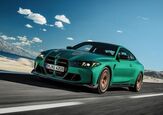

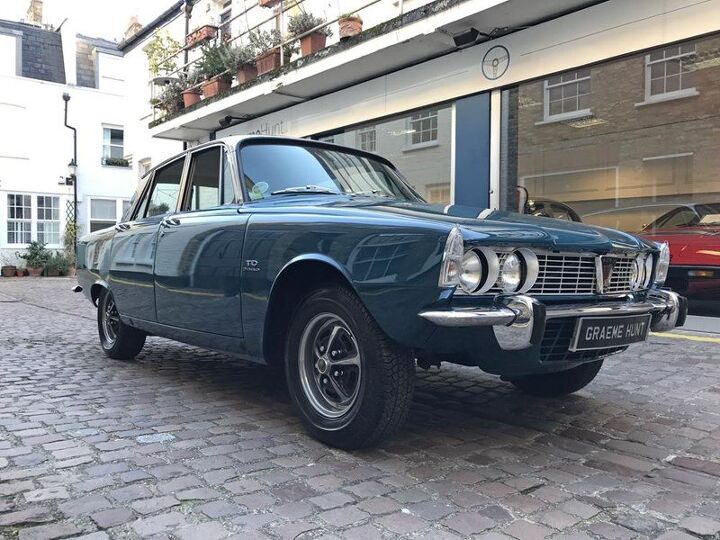
















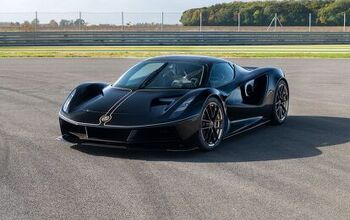

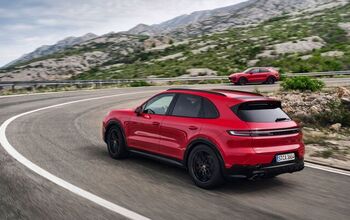

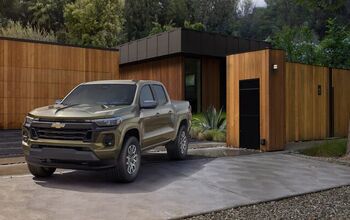
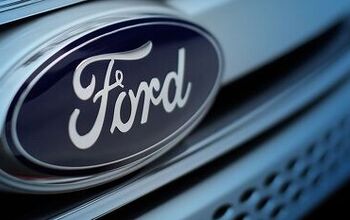

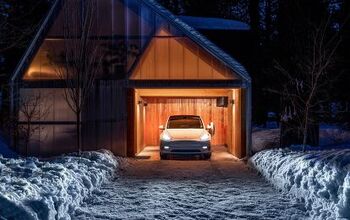
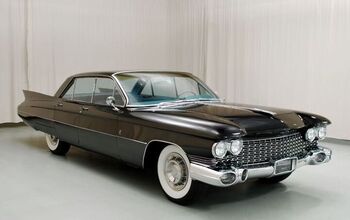
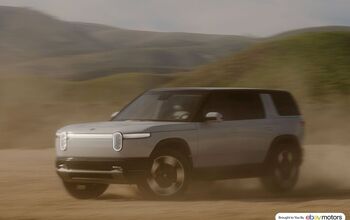
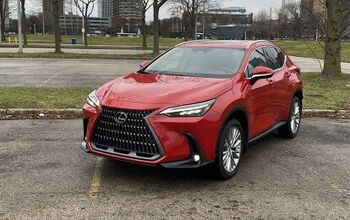


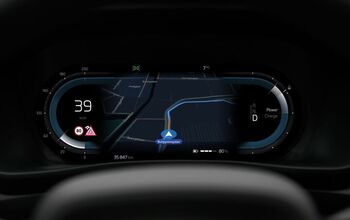
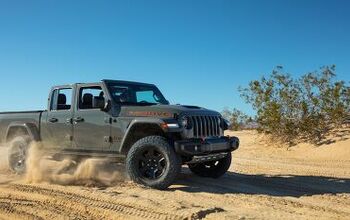
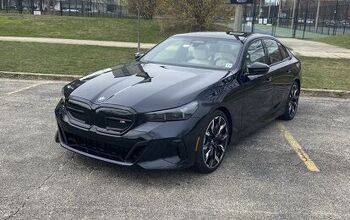
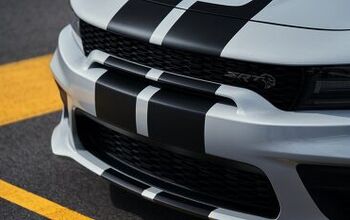

Comments
Join the conversation
One American who loved these cars was the late David E. Davis, editor of Car and Driver magazine at its height in the 1960s. As a teenaged car nut, I devoured each issue of my subscription from cover to cover. Whenever the latest Rover TC or 3500 was reviewed, Davis pronounced them the greatest thing since sliced bread. Perhaps he never lived with them long-term like a real owner. But boy, did they exude Old English class. Regardless of their faults, they still stand up well for their design esthetics today.
Gorgeous car, would love to drive one.